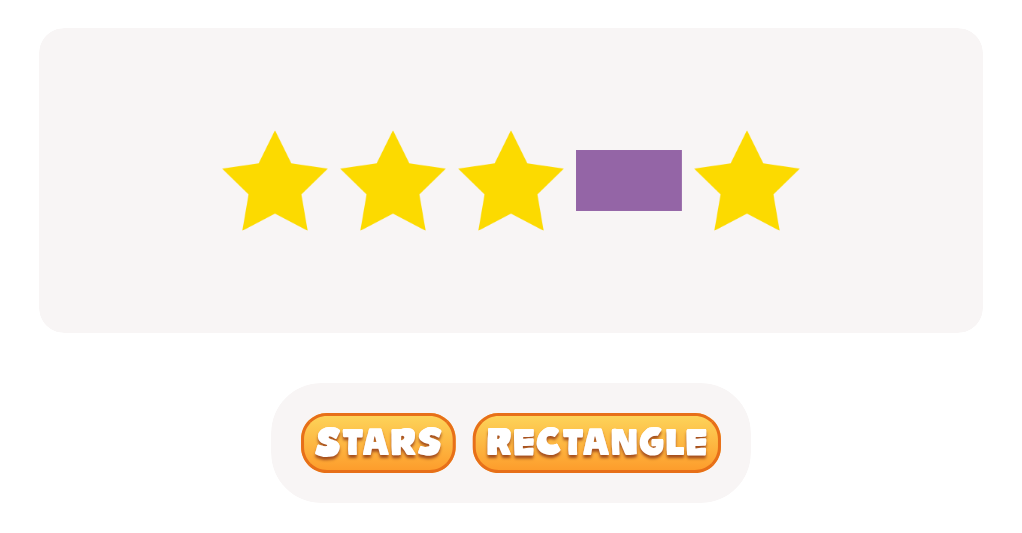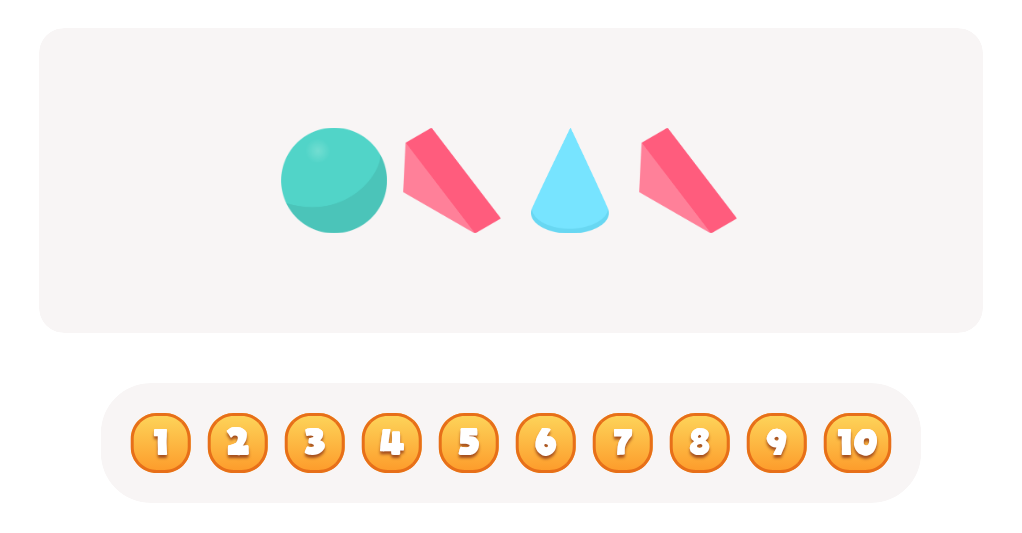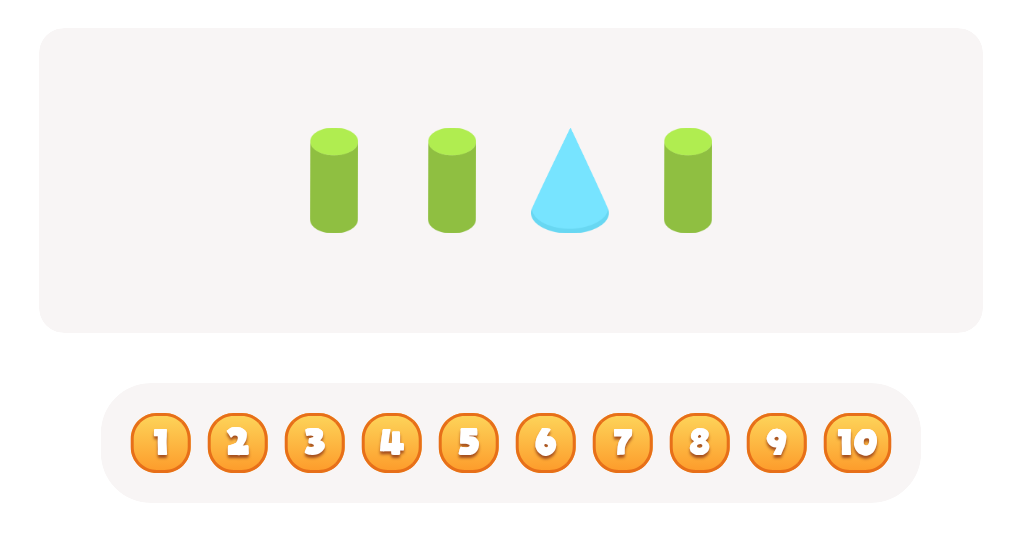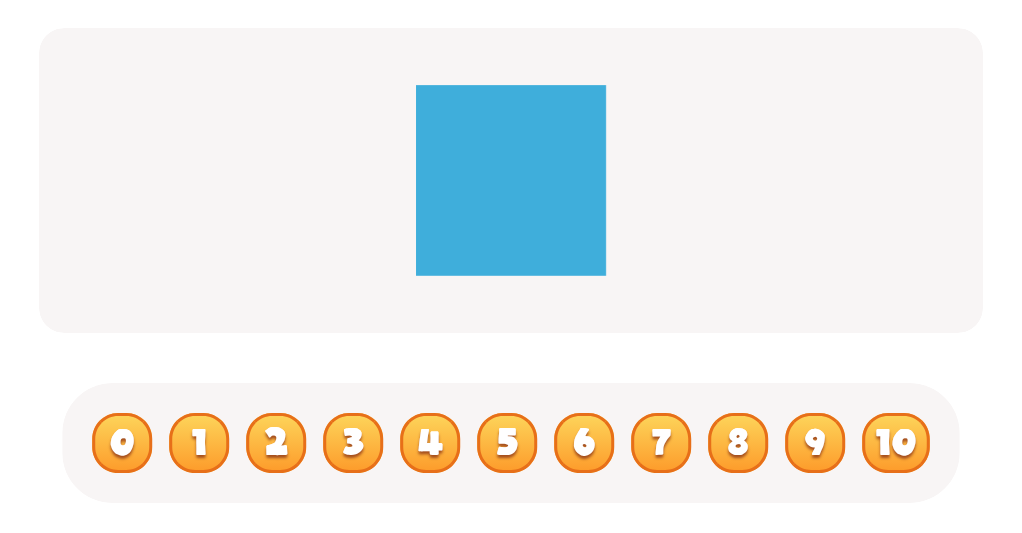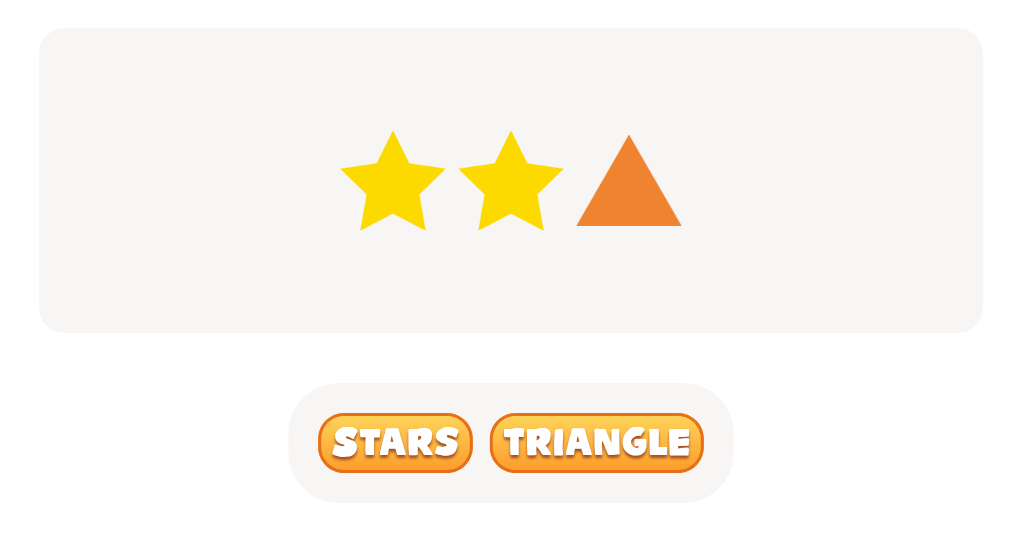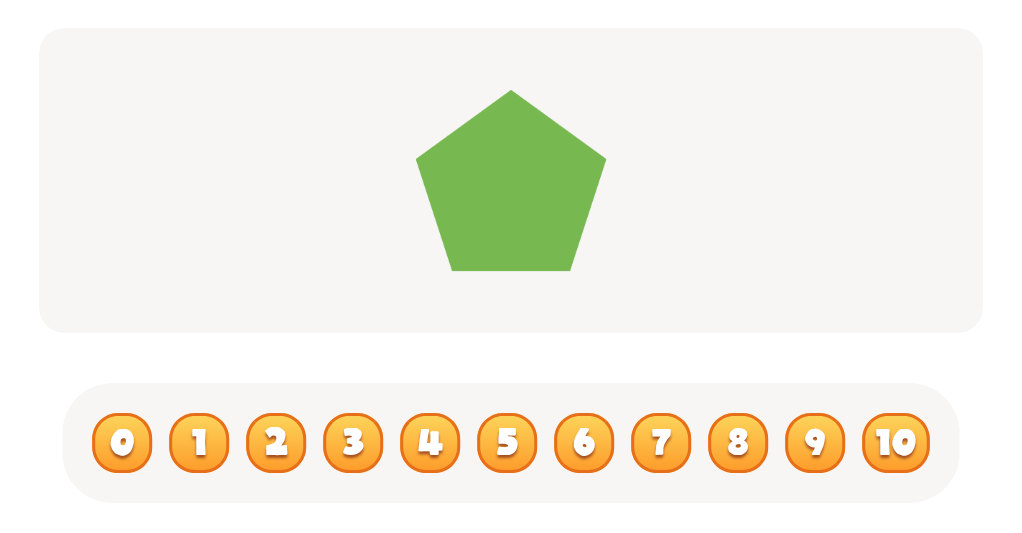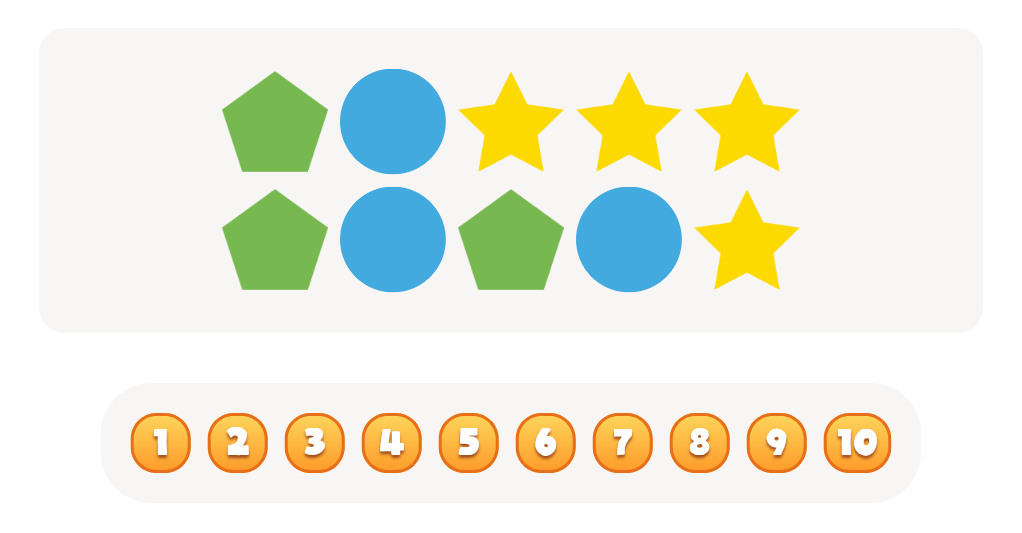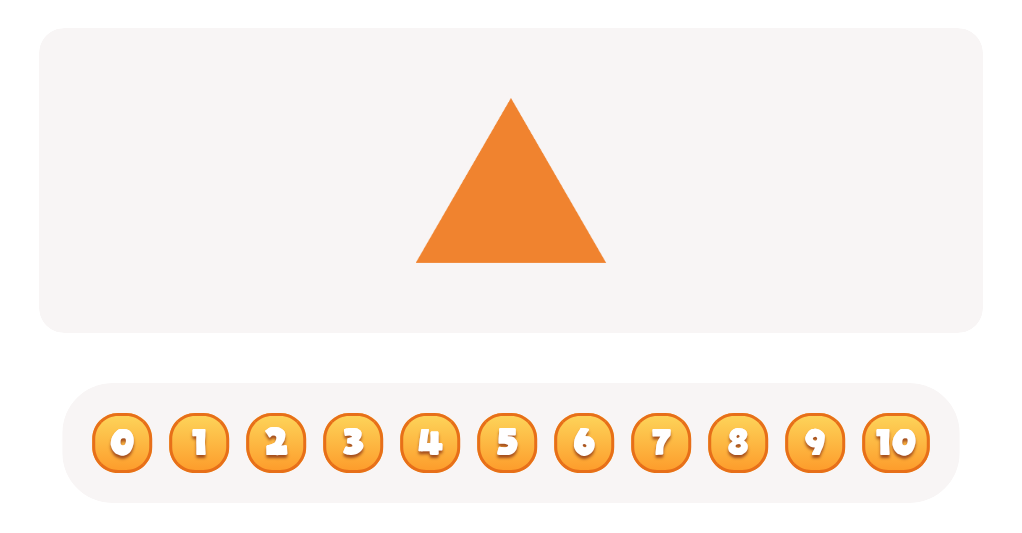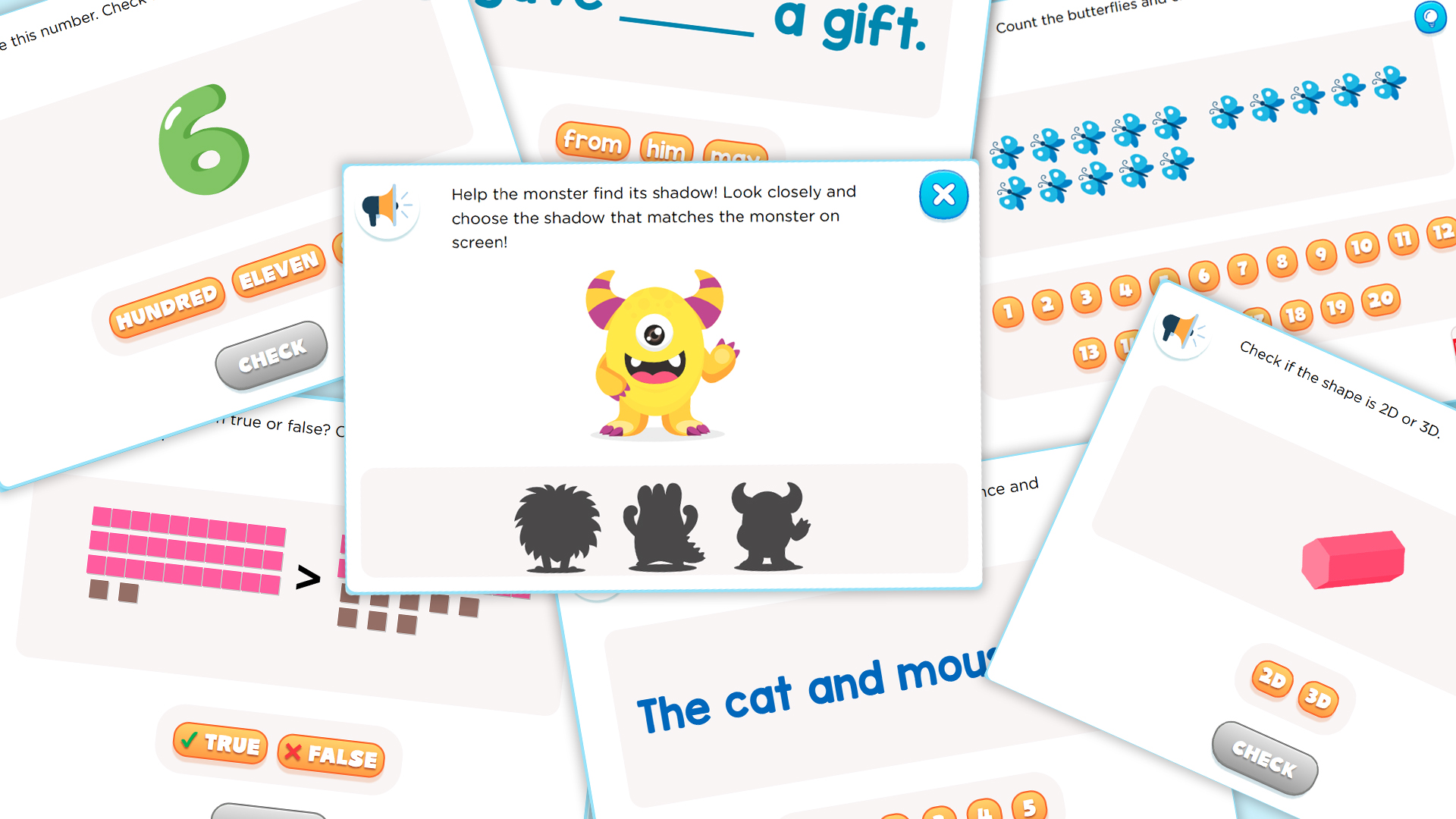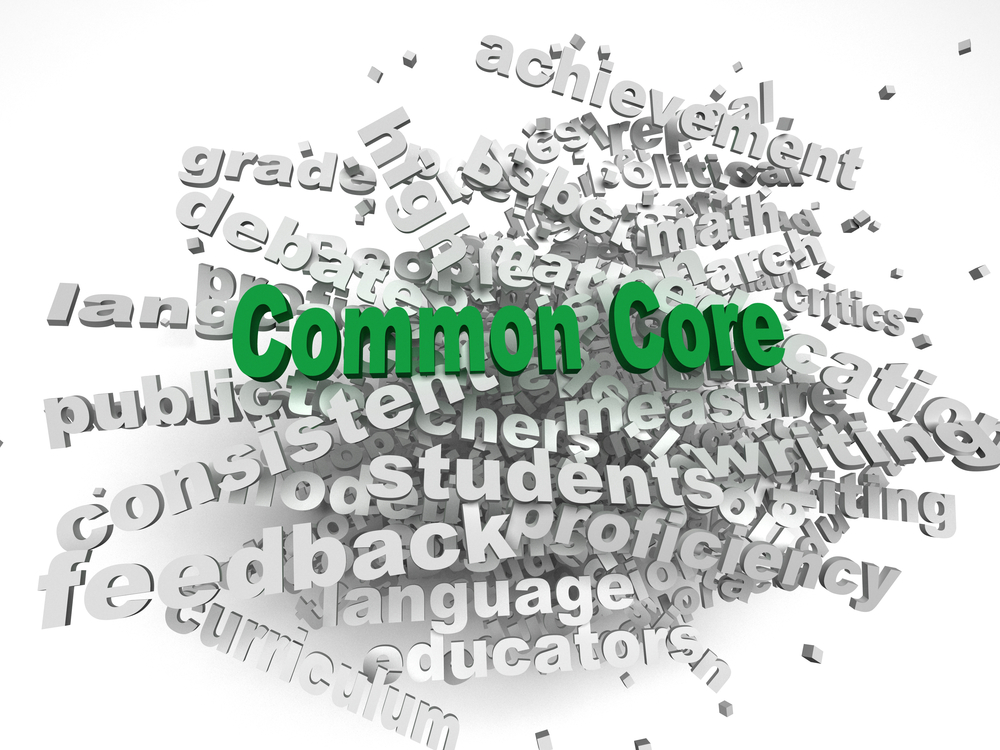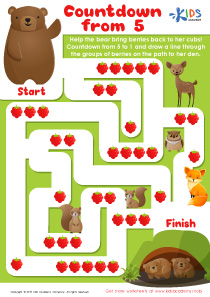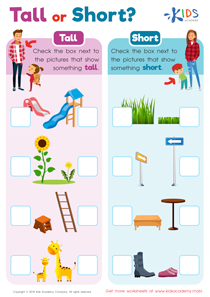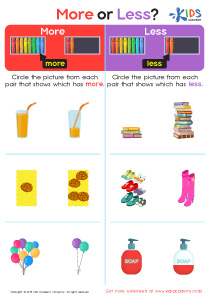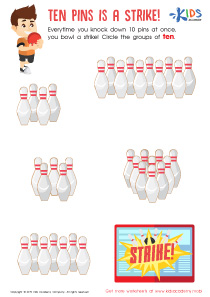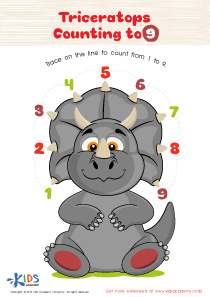Shape Recognition Easy Preschool Geometry Worksheets
3 filtered results
-
From - To
Enhance your preschoolers' geometric understanding with our "Shape Recognition Easy Preschool Geometry Worksheets"! Designed for young learners, these engaging worksheets encourage kids to identify and differentiate between basic shapes. Featuring vibrant illustrations and interactive activities, our resources foster creativity while helping children build critical recognition skills essential for early math foundations. Perfect for classroom settings or at-home learning, these worksheets promote hands-on engagement, making geometry fun and accessible. Watch your little ones thrive as they explore shapes in a playful way, setting them on the path to academic success. Download now and kickstart a love for learning in geometry!
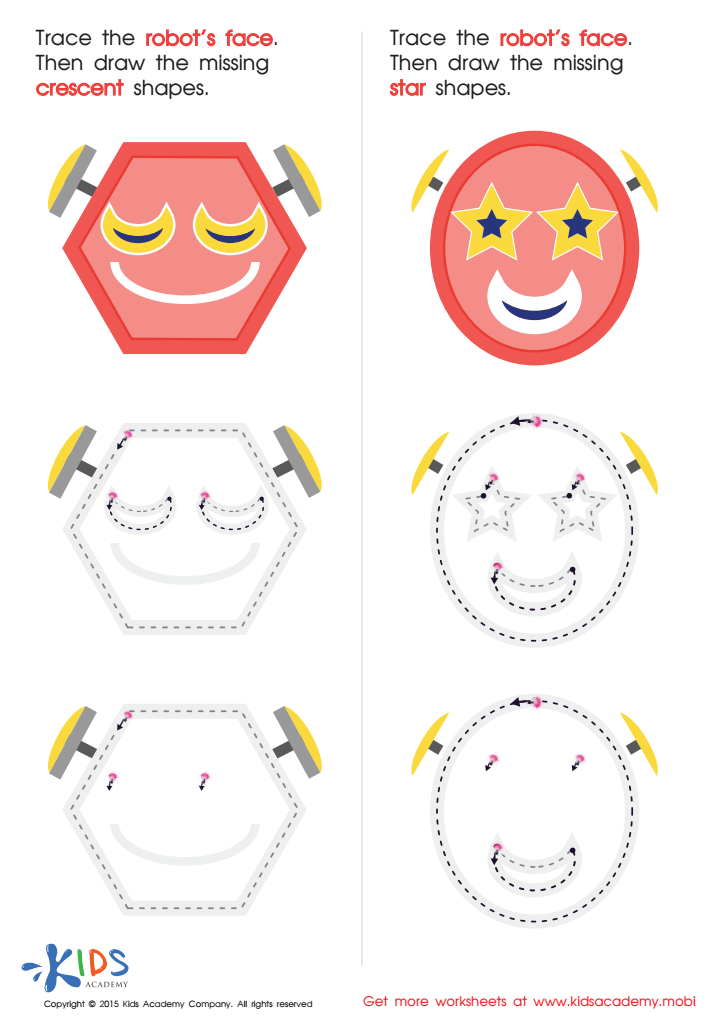

Composing a Robot's Face of Crescents And Stars Worksheet
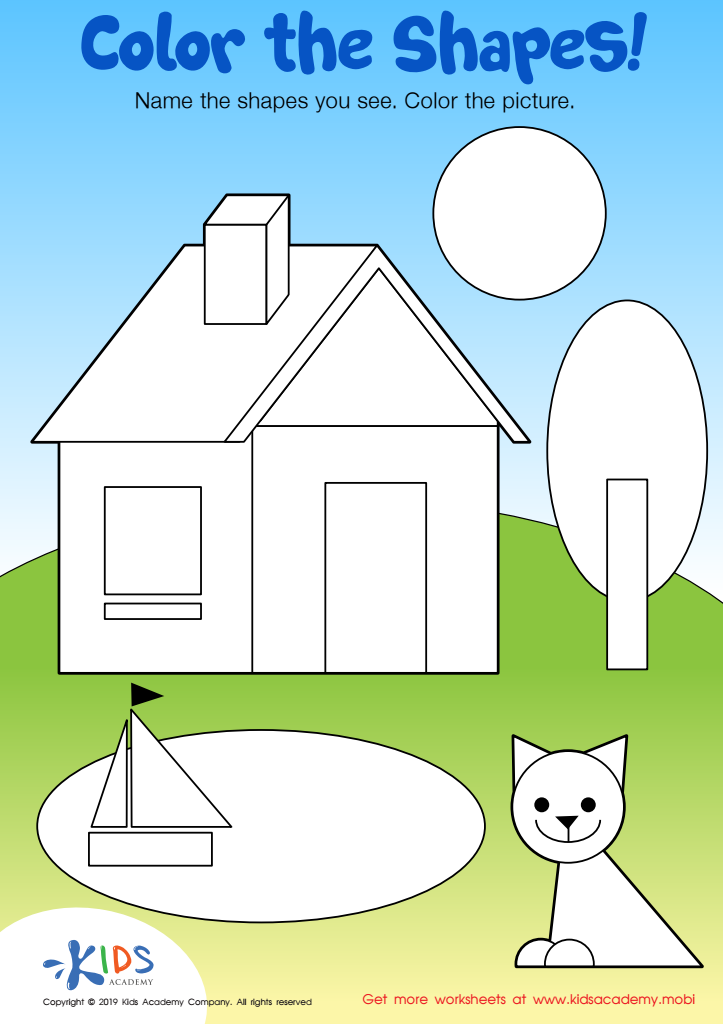

Color the Shapes Worksheet
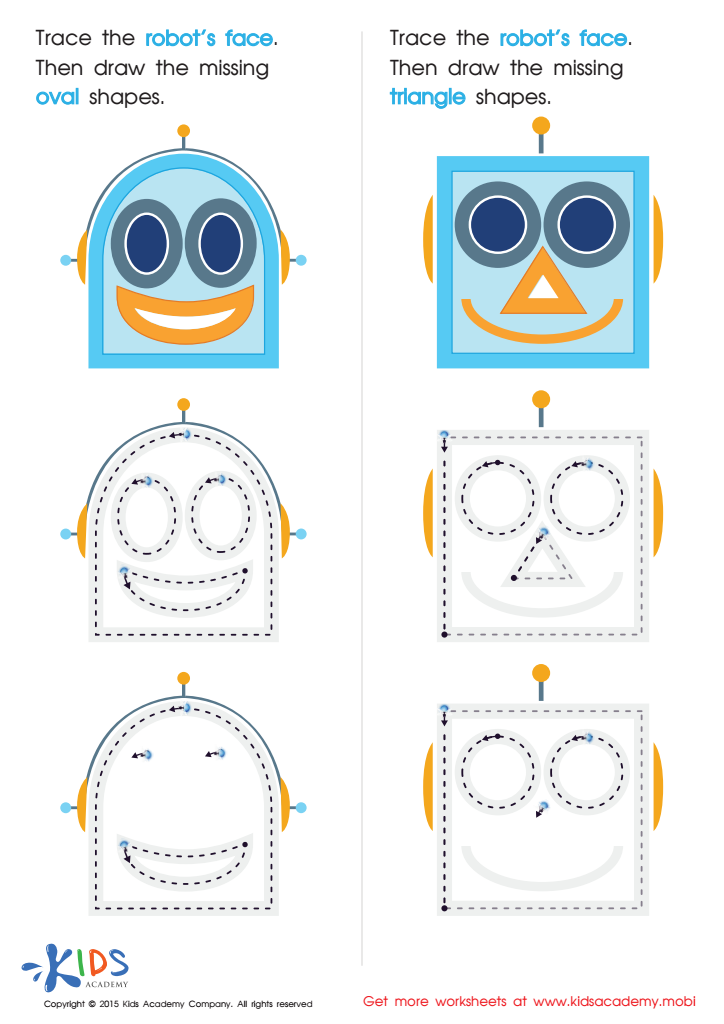

Drawing Ovals And Triangles with Fun Printable
Shape recognition is a foundational skill that plays a crucial role in early childhood education. Understanding shapes helps preschoolers develop essential cognitive skills, including problem-solving, spatial awareness, and critical thinking. When parents and teachers prioritize shape recognition in preschool geometry, they lay the groundwork for more advanced mathematical concepts.
Firstly, shape recognition enhances children's ability to classify objects, making their world more navigable. This skill promotes logical reasoning as they learn to distinguish between different shapes and understand their characteristics. Furthermore, recognizing shapes is a key precursor to learning about symmetry, patterns, and basic geometric principles.
Incorporating shape recognition in playful activities engages children and sustains their curiosity about the world. Whether through games, arts and crafts, or manipulatives, interactive learning solidifies their understanding while keeping them enthusiastic about education.
Additionally, such skills support early literacy; as children begin to identify shapes, they also improve their vocabulary by learning the names and attributes of different forms. Establishing this strong foundation empowers students for future academic success. Consequently, both parents and teachers should actively encourage shape recognition to foster a well-rounded, engaging learning environment that nurtures young minds.

 Assign to My Students
Assign to My Students
